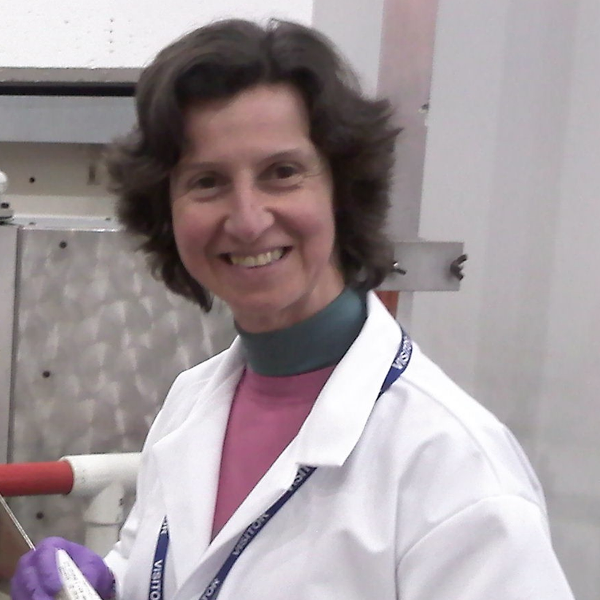Novel Insights into Mice Multi-Organ Metabolism upon Exposure to a Potential Anticancer Pd(II)-Agent
10.3390/metabo11020114
Intracellular water-an overlooked drug target? Cisplatin impact in cancer cells probed by neutrons
10.1039/c6cp05198g
Role of intracellular water in the normal-to-cancer transition in human cells-insights from quasi-elastic neutron scattering
10.1063/4.0000021
Chemotherapeutic response to cisplatin-like drugs in human breast cancer cells probed by vibrational microspectroscopy
10.1039/C5FD00148J
Beyond metrics and morphology: the potential of FTIR-ATR and chemometrics to estimate age-at-death in human bone
10.1007/s00414-020-02310-3
Pd(II) and Pt(II) Trinuclear Chelates with Spermidine: Selective Anticancer Activity towards TNBC-Sensitive and -Resistant to Cisplatin
10.3390/pharmaceutics15041205
Vibrational spectroscopy to study ancient Roman funerary practices at the “Hypogeum of the Garlands” (Italy)
10.1038/s41598-022-07689-0
Microplastics ingestion and endocrine disrupting chemicals (EDCs) by breeding seabirds in the east tropical Atlantic: Associations with trophic and foraging proxies (615N and 613C)
10.1016/j.scitotenv.2023.168664
Influence of paternal factors on plastic ingestion and brominated chemical exposure in East Tropical Atlantic Procellariid chicks
10.1016/j.scitotenv.2024.173815
Metallodrug-Protein Interaction Probed by Synchrotron Terahertz and Neutron Scattering Spectroscopy
10.1016/j.bpj.2021.06.012
Chemotherapeutic Targets in Osteosarcoma: Insights from Synchrotron-MicroFTIR and Quasi-Elastic Neutron Scattering
10.1021/ACS.JPCB.9B05596
Evaluation of the Cytotoxic Effect of Pd2Spm against Prostate Cancer through Vibrational Microspectroscopies
10.3390/ijms24031888
Breast cancer or surrounding normal tissue? A successful discrimination by FTIR or Raman microspectroscopy
10.1039/D2AN00622G
A New Look into Cancer-A Review on the Contribution of Vibrational Spectroscopy on Early Diagnosis and Surgery Guidance
10.3390/CANCERS13215336
Who's Who? Discrimination of Human Breast Cancer Cell Lines by Raman and FTIR Microspectroscopy
10.3390/CANCERS14020452
